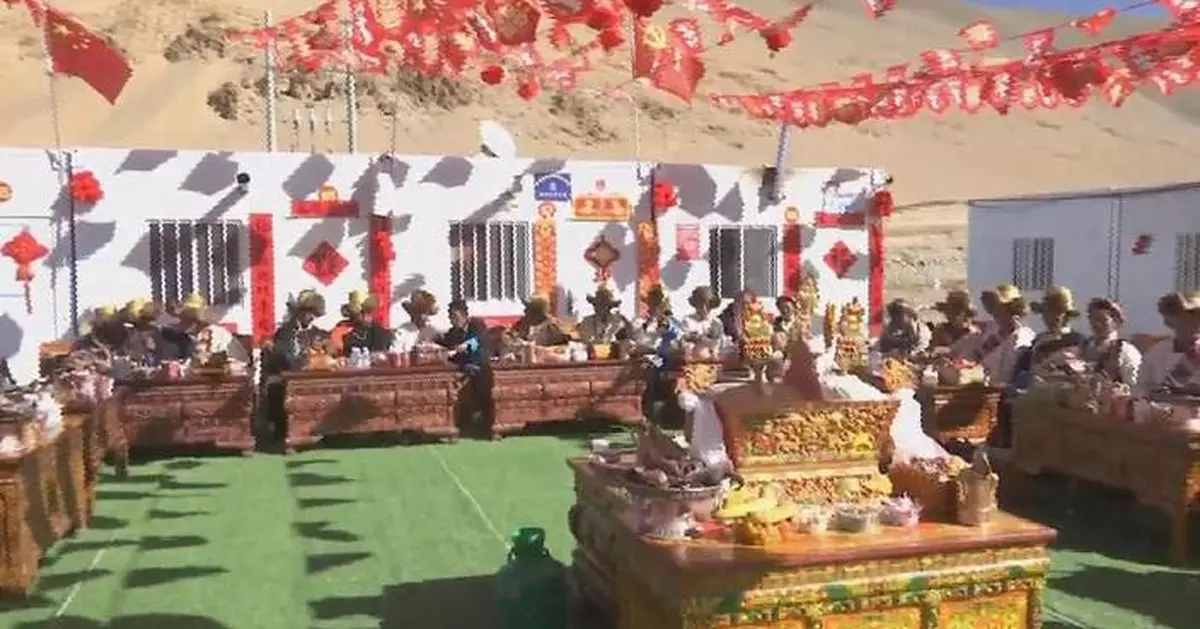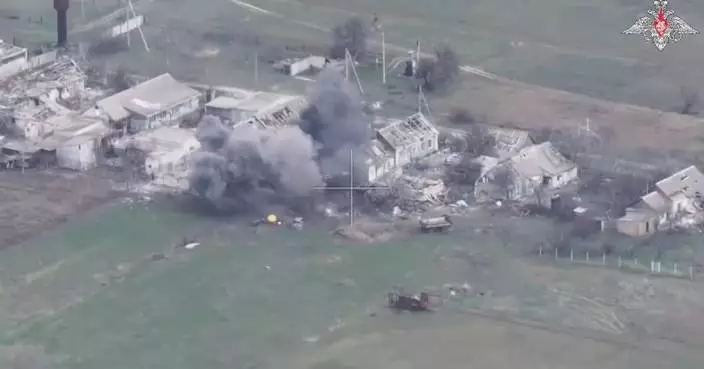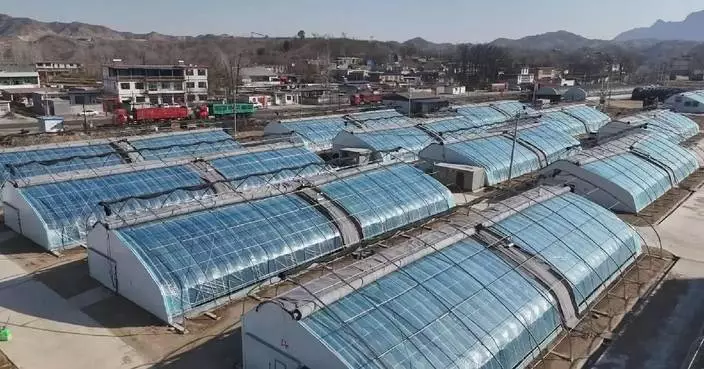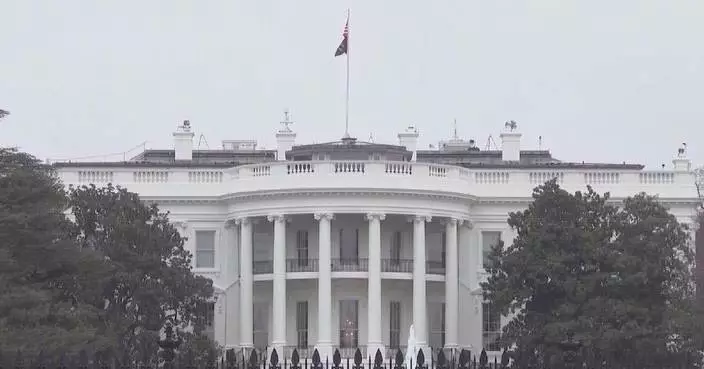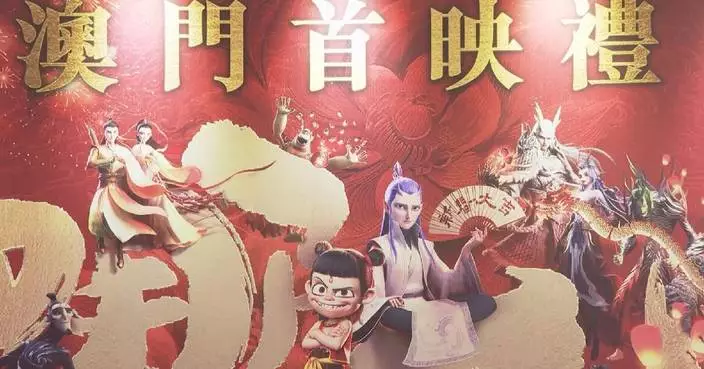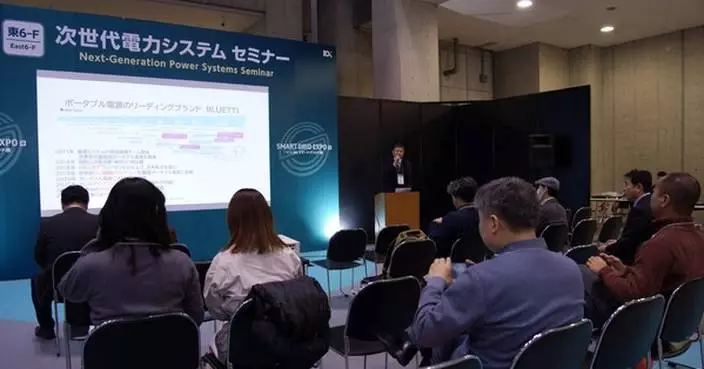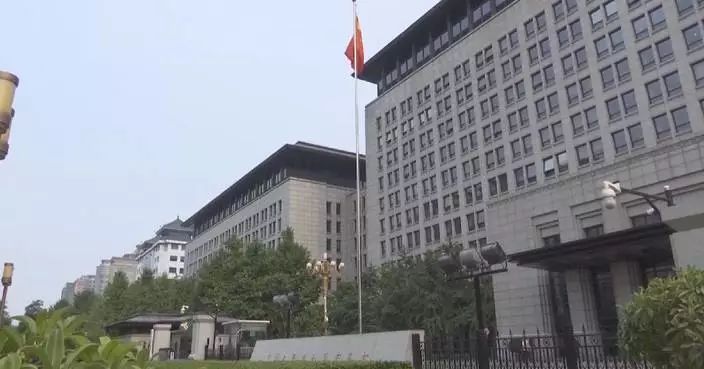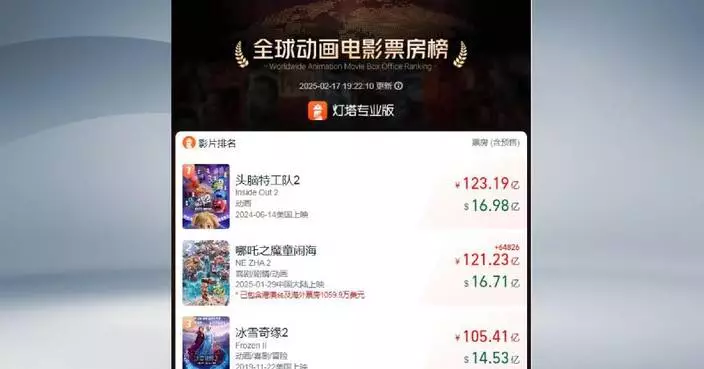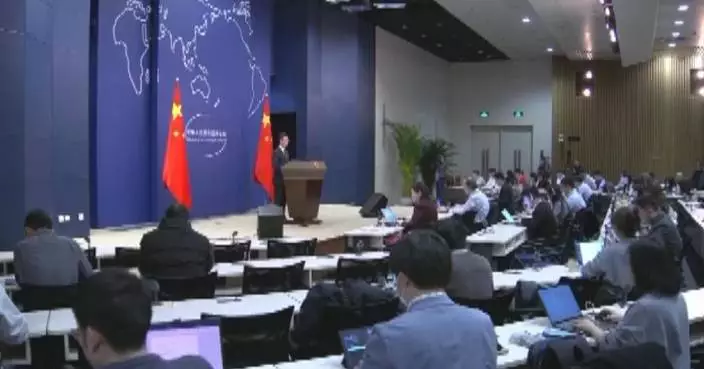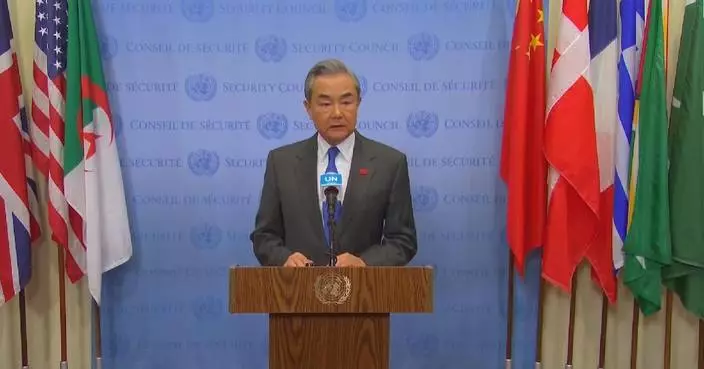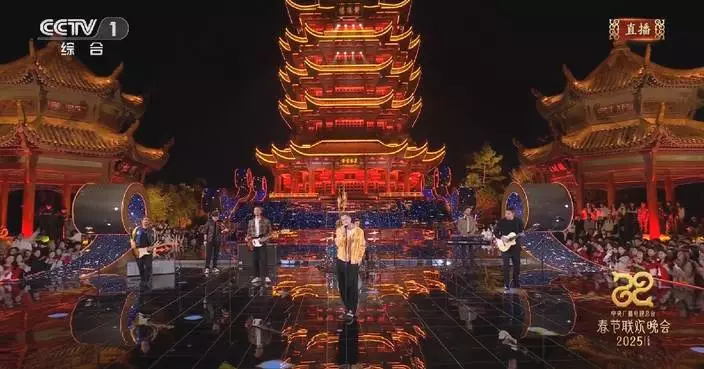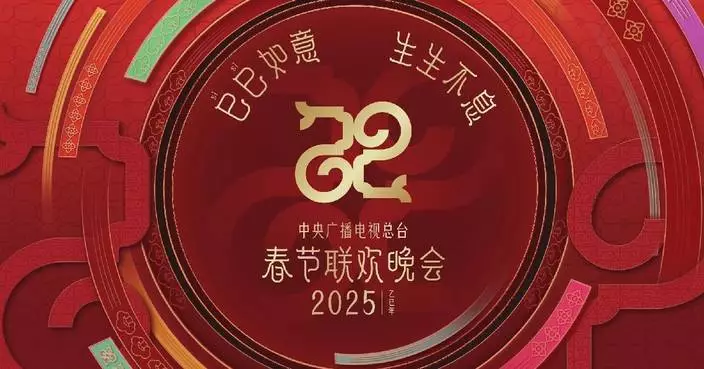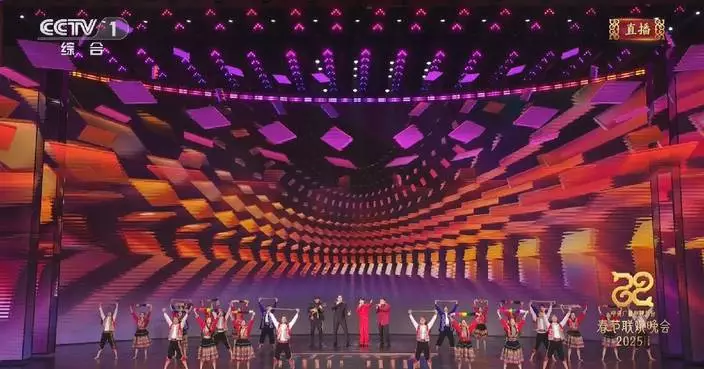Quake-affected residents in Dingri County of southwest China's Xizang Autonomous Region on Thursday celebrated the arrival of the Tibetan New Year with a communal reunion meal, saying goodbye to the disastrous year and hoping for a fresh start and good fortune.
The 2025 Tibetan New Year, which falls on January 30 - just one day after the Spring Festival - is the most significant annual celebration for Tibetans, symbolizing the start of a new year and the opportunity for families and friends to reunite.
The celebration usually starts on the first day of the first month of the Tibetan calendar and ends after 15 days.
This year's festivities took on added significance after a 6.8 magnitude earthquake struck Dingri County on January 7, claiming 126 lives and injuring 337 others.
In the village of Qie in Guojia Township, they adorned their temporary housing units with festival decorations, including Spring Festival couplets, lanterns, and Chinese character Fu meaning "good fortune", and donned traditional Tibetan attire for a communal feast, known as the "Hundred Family Banquet."
The banquet featured a variety of dishes, with each household contributing their specialty, including Tibetan fragrant pork and ginseng fruit rice. The most special dish is sheep's head which will be eaten by a whole family together, standing for a fresh start and good fortune in the new year.
Following the meal, villagers enjoyed Suxiu, a traditional barley wine.
Beyond the culinary delights and convivial gatherings, the day began with a flurry of activities before dawn, symbolizing the pursuit of blessings and prosperity for the year ahead.
Before dawn, families competed to be the first to collect water from nearby sources, believing it will bring good fortune for the year.
After gathering water, the women of each household prepared a pot of Qiangguo, a warm dish made from barley wine, ginseng fruit, tsampa (a staple food favored by Tibetans made of roasted barley flour), and milk curds, resembling a porridge.
Throughout the day, families exchanged Qiema, a traditional Tibetan ritual container used during festivals like the Tibetan New Year. It is usually filled with roasted barley and other grains, symbolizing good fortune and abundant harvests.
As the day unfolded, villagers of all ages spontaneously gathered to perform the Guozhuang dance, a traditional Tibetan circle dance. Each step, though simple, conveyed a powerful message of hope and resilience, embodying the community's determination to rebuild and embrace a brighter future.
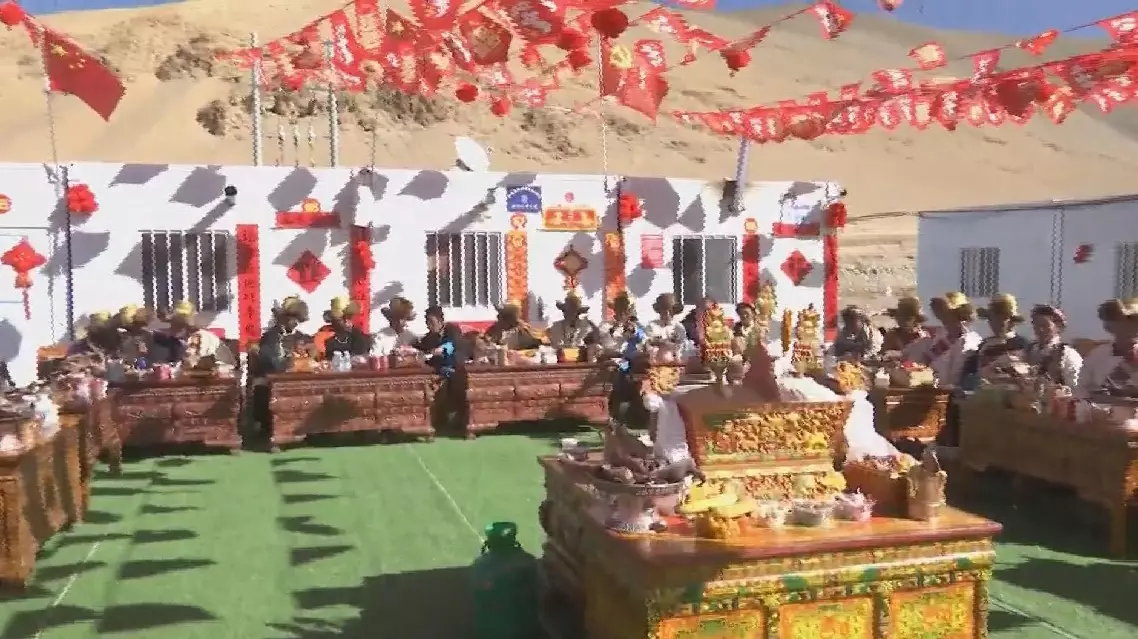
Tibetan New Year celebrations bring joy, hope to earthquake-affected residents in Xizang


